10 Steps to Learn Artificial Intelligence (AI) with Python
Artificial Intelligence has become an essential field in the modern world. With the advancements in technology, it has become possible to create intelligent machines that can perform tasks that would typically require human intervention. Python is one of the most popular programming languages used in Artificial Intelligence, and it has many libraries that make it easy to develop intelligent machines. In this essay, we will provide an easy guide to Artificial Intelligence with Python and the steps that one should take to become proficient in this field.
1. Learn the Basics of Python
Before starting with Artificial Intelligence, it is crucial to have a good understanding of Python. Python is a high-level programming language that is easy to learn and has a simple syntax. There are many resources available online that can help beginners learn Python. One can start by learning the basics of Python, such as data types, loops, functions, and objects. These concepts are essential for any programming language and will provide a solid foundation for learning Artificial Intelligence with Python.
Suggested learning source: Learners may consider the "Python for Data Science Handbook" by Jake VanderPlas, which is an excellent resource for learning Python for data science.

2. Understand Artificial Intelligence
Artificial Intelligence is a branch of computer science that deals with creating intelligent machines that can perform tasks that typically require human intervention. It is essential to have an understanding of what Artificial Intelligence is and what it can do before diving into this field. Artificial Intelligence has become an essential technology in many industries, including healthcare, finance, and manufacturing. According to a report by PwC, Artificial Intelligence will contribute $15.7 trillion to the global economy by 2030.
Suggested learning source: "Artificial Intelligence: A Modern Approach" by Stuart Russell and Peter Norvig is a comprehensive introduction to AI that covers topics such as machine learning, natural language processing, and robotics.
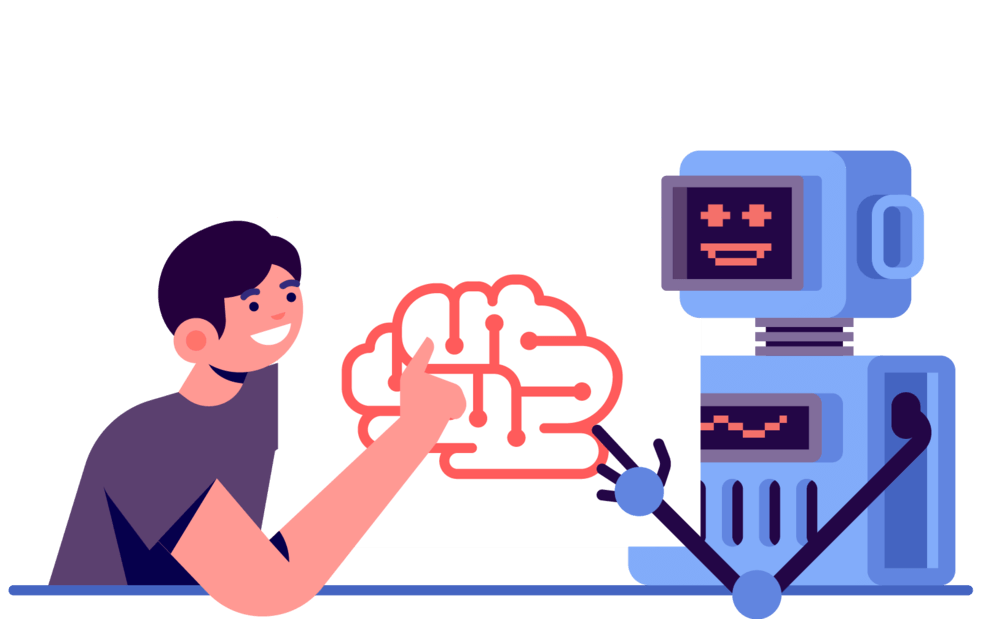
3. Get Familiar with Machine Learning
Machine Learning is a subset of Artificial Intelligence that allows machines to learn from data and make predictions or decisions. It is one of the most popular techniques used in Artificial Intelligence. To get started with Machine Learning, one needs to understand the basics of data preprocessing, feature engineering, and model selection. Data preprocessing involves cleaning and transforming data into a suitable format for Machine Learning. Feature engineering involves selecting the most relevant features for the model, while model selection involves choosing the best algorithm for the problem at hand.
Suggested learning source: "Hands-On Machine Learning with Scikit-Learn, Keras, and TensorFlow" by Aurelien Geron is a practical guide to building machine learning models with Python.
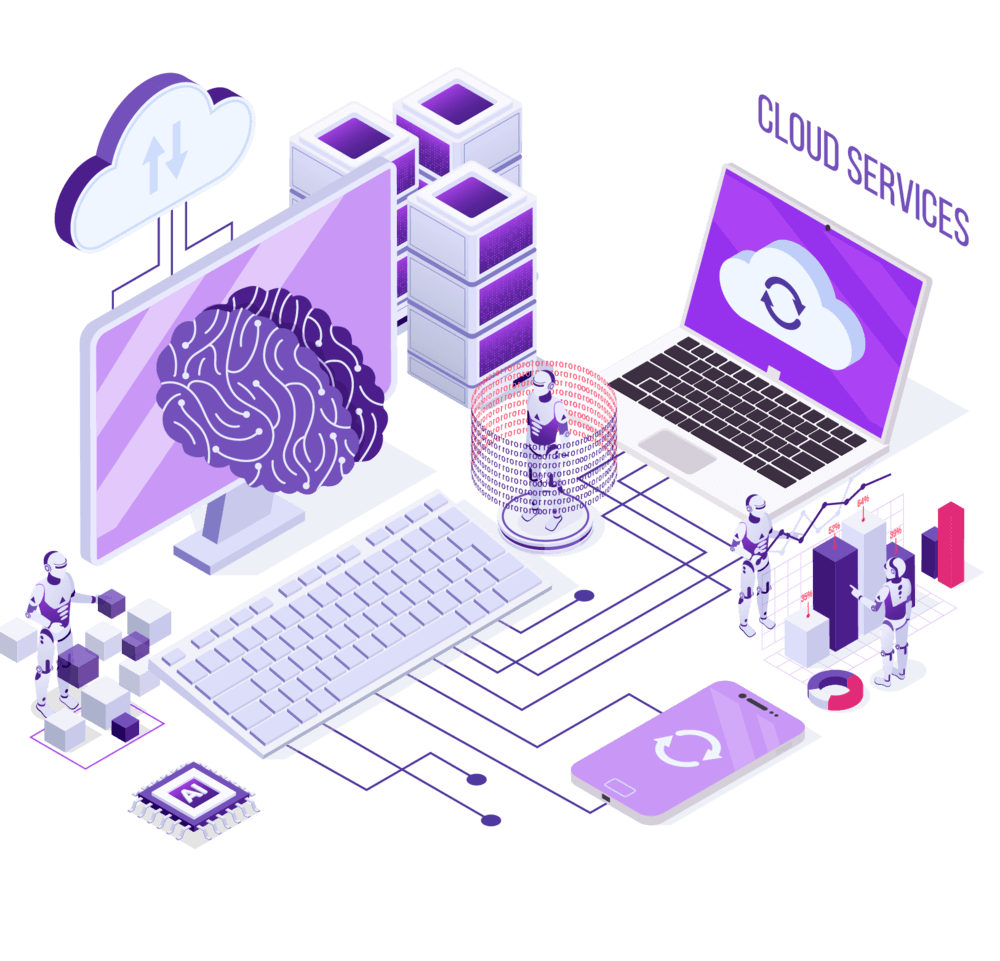
4. Learn Popular Machine Learning Libraries
Python has many popular Machine Learning libraries such as Scikit-Learn, TensorFlow, Keras, and PyTorch. These libraries provide easy-to-use interfaces for developing Machine Learning models. Scikit-Learn is a simple and easy-to-use library for Machine Learning, and it is a good starting point for beginners. TensorFlow and Keras are popular Deep Learning libraries that allow for the creation of complex neural networks.
Suggested learning source: The TensorFlow website provides a wealth of resources for learning and using the library, including tutorials, documentation, and code examples.
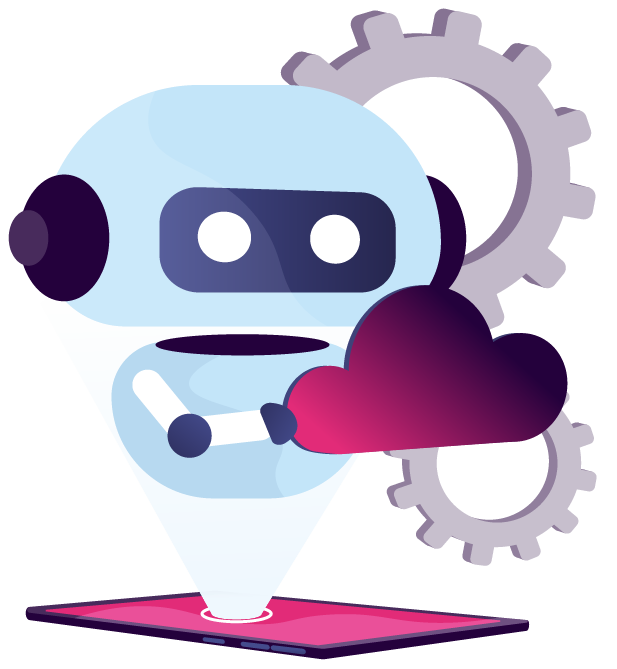
5. Build Your First Machine Learning Model
Once you have a good understanding of Machine Learning and Python libraries, it is time to build your first Machine Learning model. It is recommended to start with a simple dataset and use Scikit-Learn to build a model. This will help you understand the basics of Machine Learning and provide a solid foundation for more complex models. You can then test the model's accuracy and see how well it performs.
Suggested learning source: Kaggle's Getting Started with Titanic tutorial is a great introduction to building a machine learning model with Python and Scikit-Learn.
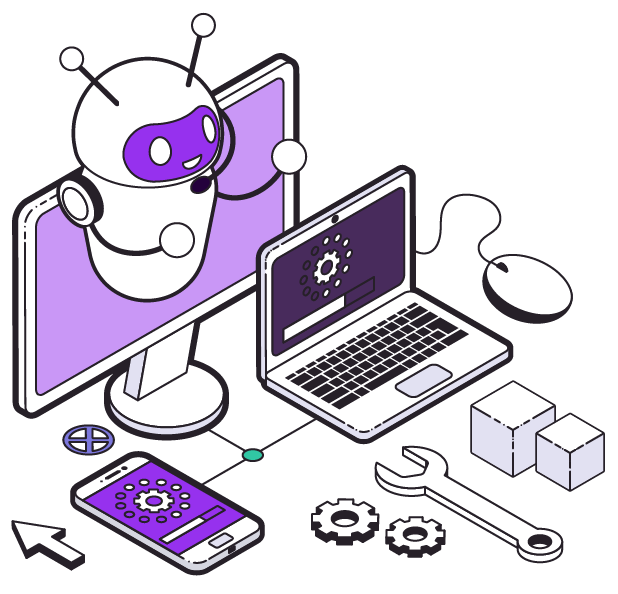
6. Improve Your Model
As you gain more experience, you can start experimenting with different Machine Learning algorithms, feature engineering techniques, and hyperparameter tuning to improve your model's performance. Hyperparameter tuning involves adjusting the parameters of the algorithm to optimize its performance. This can be done using tools such as Grid Search and Randomized Search.
Suggested learning source: "Applied Machine Learning" by Kelleher and Tierney provide a practical guide to improving machine learning models by using techniques such as feature engineering, hyperparameter tuning, and ensemble methods.
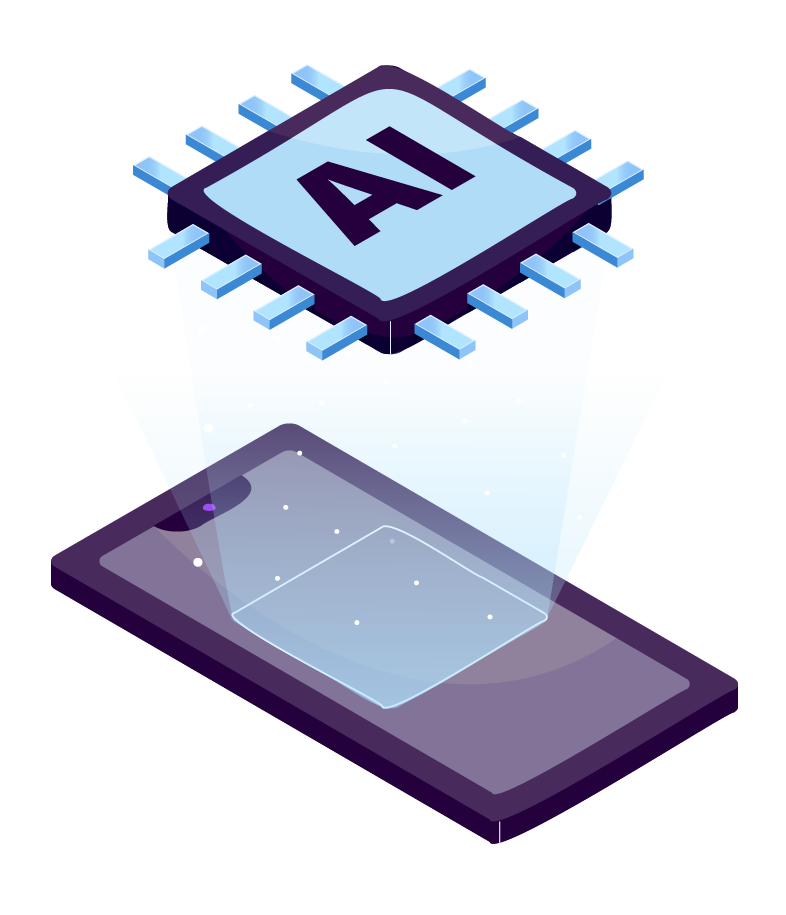
7. Deep Learning
Once you have a good understanding of Machine Learning, you can move on to Deep Learning, which is a subset of Machine Learning that deals with neural networks. Neural networks are used in many applications, including image and speech recognition, natural language processing, and autonomous vehicles.
Suggested source: You can start with TensorFlow or Keras, which are popular Deep Learning libraries in Python. Also, the Keras website provides an excellent introduction to deep learning with Python, including tutorials, code examples, and documentation.
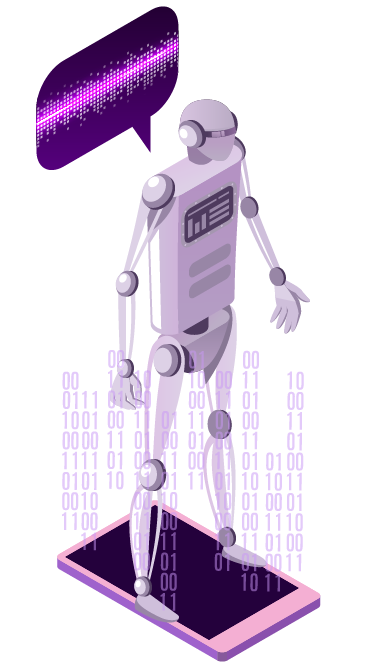
8. Practice and Experiment
The key to mastering Artificial Intelligence with Python is to practice and experiment. Work on different datasets, build various models and try out new techniques. This will help you gain experience and expertise in Artificial Intelligence. Kaggle is an excellent platform for practicing and experimenting with
Suggested Learning Source: The Kaggle website provides a wealth of resources for practicing and experimenting with machine learning, including datasets, code examples, and competitions.

9. Join Communities:
Joining online communities and forums is a great way to connect with other AI enthusiasts, ask for help, share your work, and learn from others. Some popular online communities and forums for AI and Python include:
- r/MachineLearning: A subreddit for machine learning enthusiasts.
- Kaggle: A platform for data science competitions and collaboration.
- GitHub: A code hosting platform that allows for collaboration and sharing of AI projects.
- Stack Overflow: A Q&A platform for developers to ask and answer programming questions.
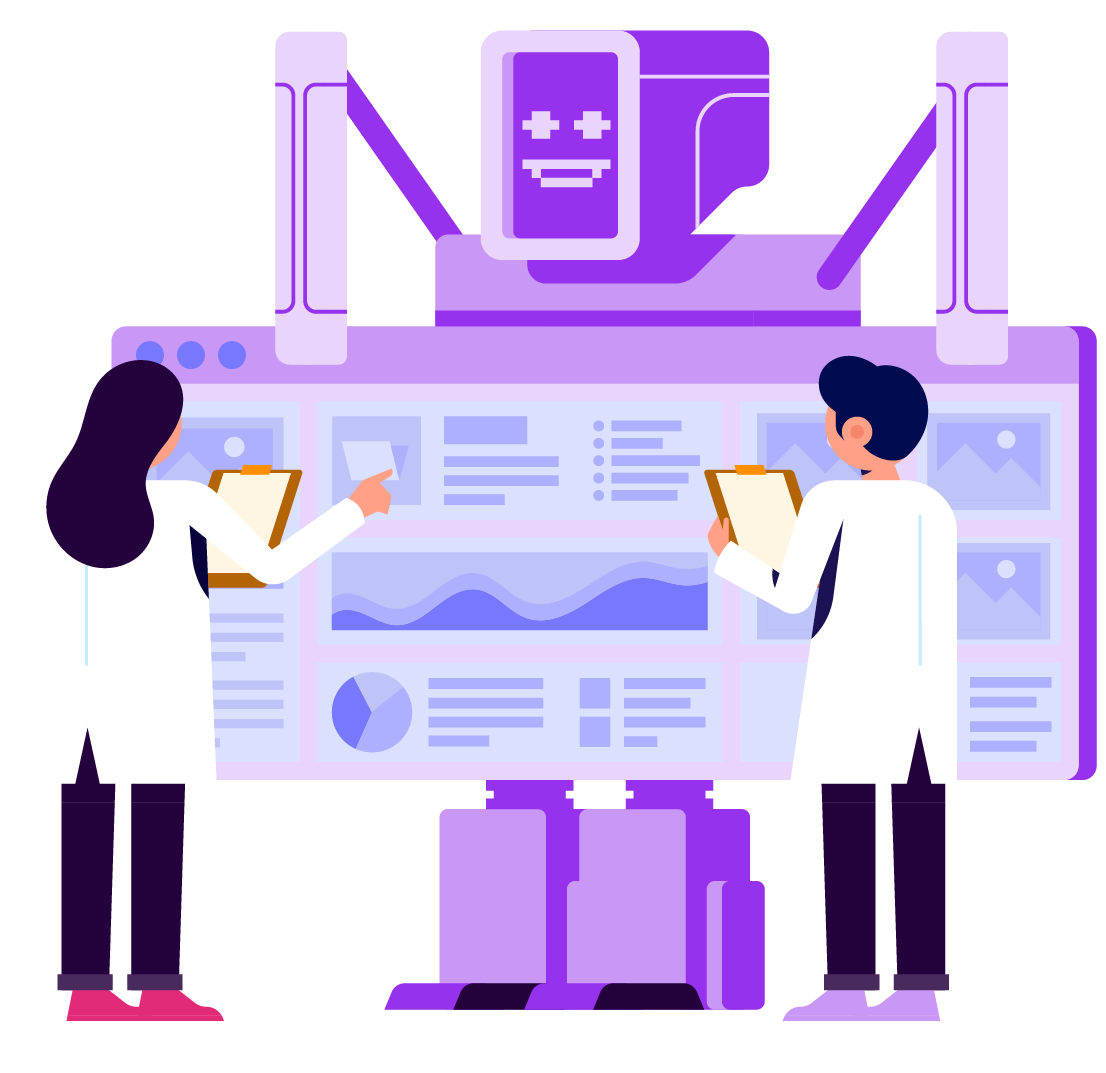
10. Keep Learning
Finally, keep learning and stay up-to-date with the latest developments in Artificial Intelligence. Attend conferences, read research papers, and keep experimenting with new techniques and technologies. Here are some suggestions that you may refer to:
- Attend Conferences: Attending conferences is a great way to learn about the latest research, techniques, and trends in AI. Some popular conferences for AI include the Conference on Neural Information Processing Systems (NeurIPS), the International Conference on Machine Learning (ICML), and the Association for Computational Linguistics (ACL) conference.
- Read Research Papers: Reading research papers is a great way to stay up-to-date with the latest developments in AI. Some popular journals and publications in AI include the Journal of Machine Learning Research (JMLR), arXiv.org, and the Proceedings of the IEEE.
- Experiment with New Techniques and Technologies: Experimenting with new techniques and technologies is a great way to expand your knowledge and stay up-to-date with the latest trends in AI. Some new techniques and technologies in AI include generative adversarial networks (GANs), transfer learning, and reinforcement learning.
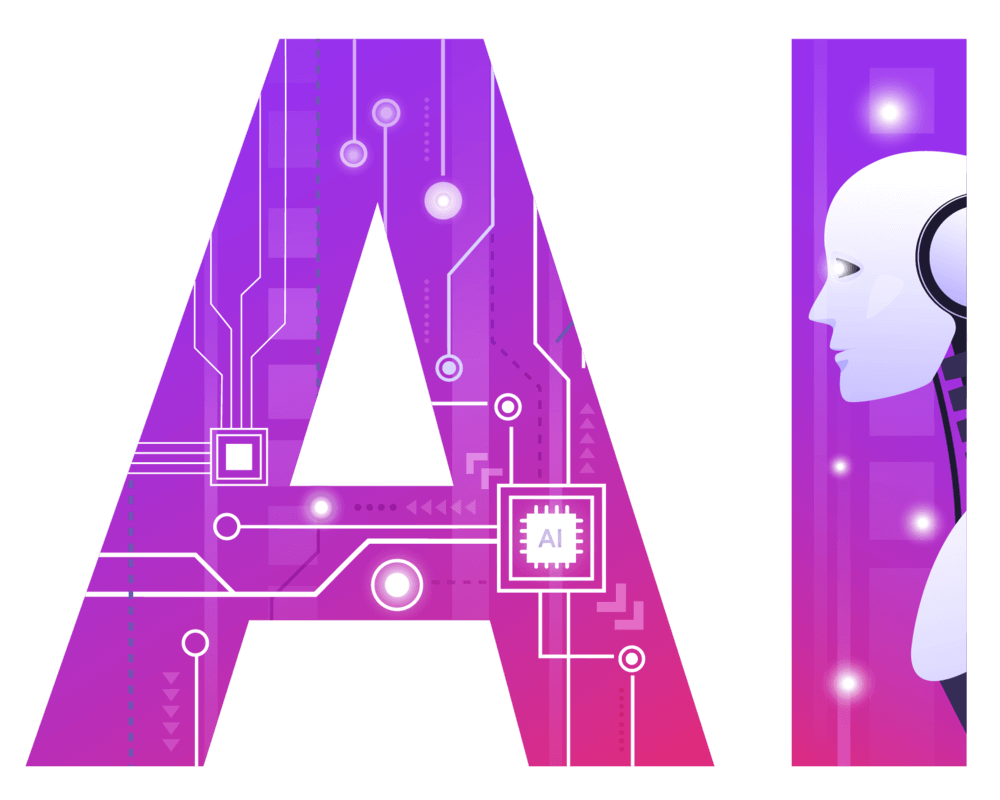
Final thoughts
If you are looking for a trusted IT partner, VNEXT Global is the ideal choice. With 14+ years of experience, we surely can help you to optimize your business digitalization within a small budget and short time. Currently, we have 400+ IT consultants and developers in Mobile App, Web App, System Development, Blockchain Development and Testing Services. We have provided solutions to 600+ projects in several industries for clients worldwide. We are willing to become a companion on your way to success. Please tell us when is convenient for you to have an online meeting to discuss this further. Have a nice day!

-with-python.png)










